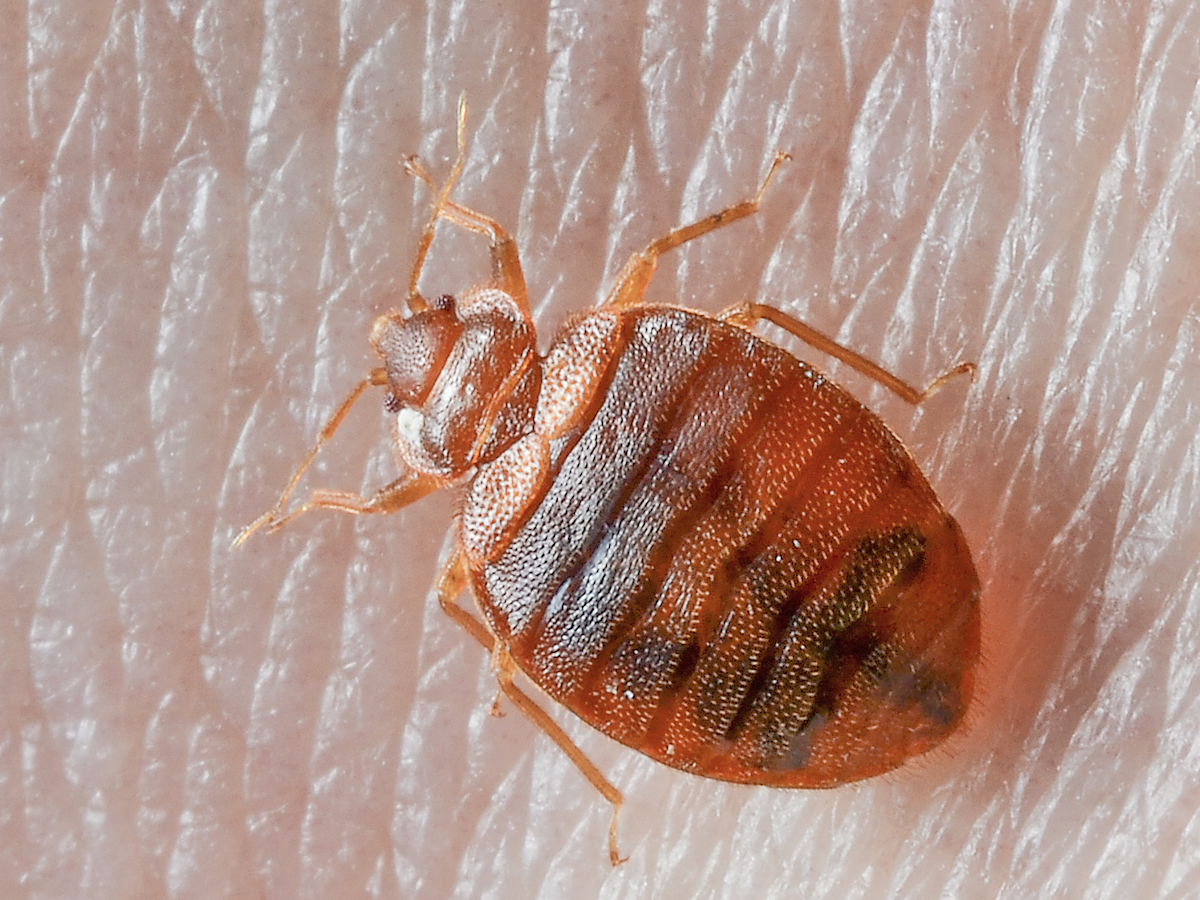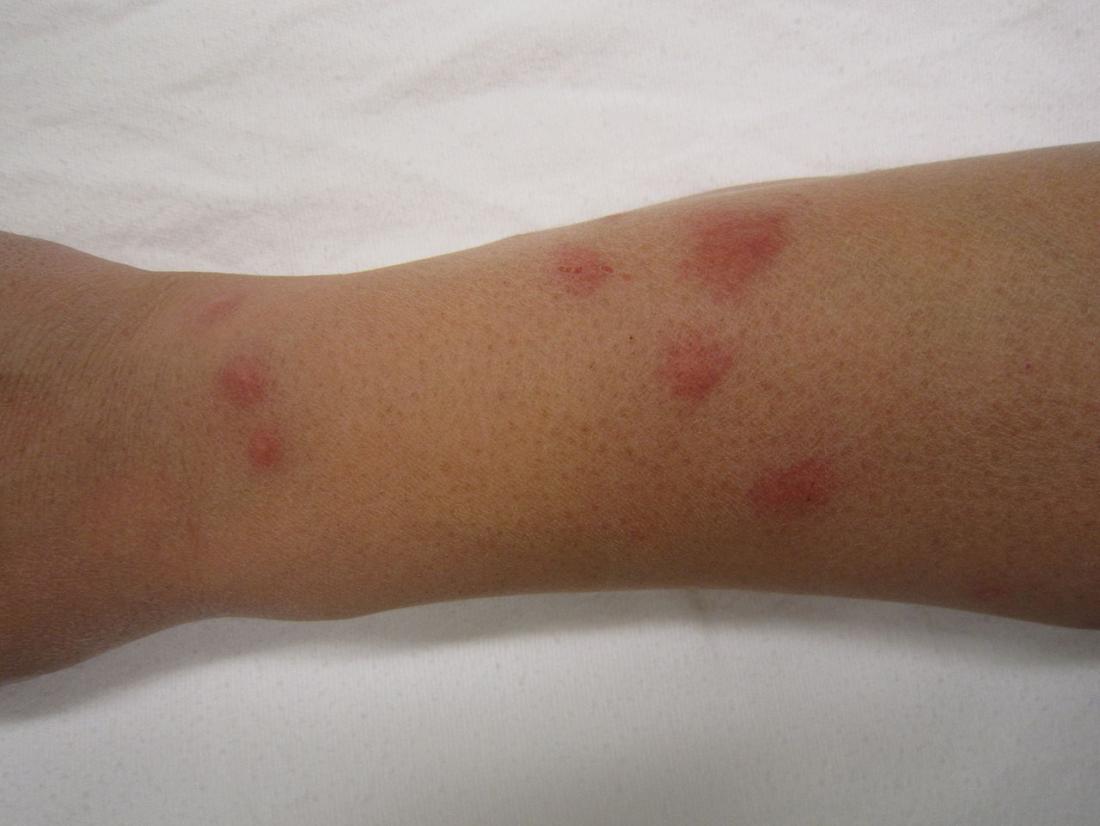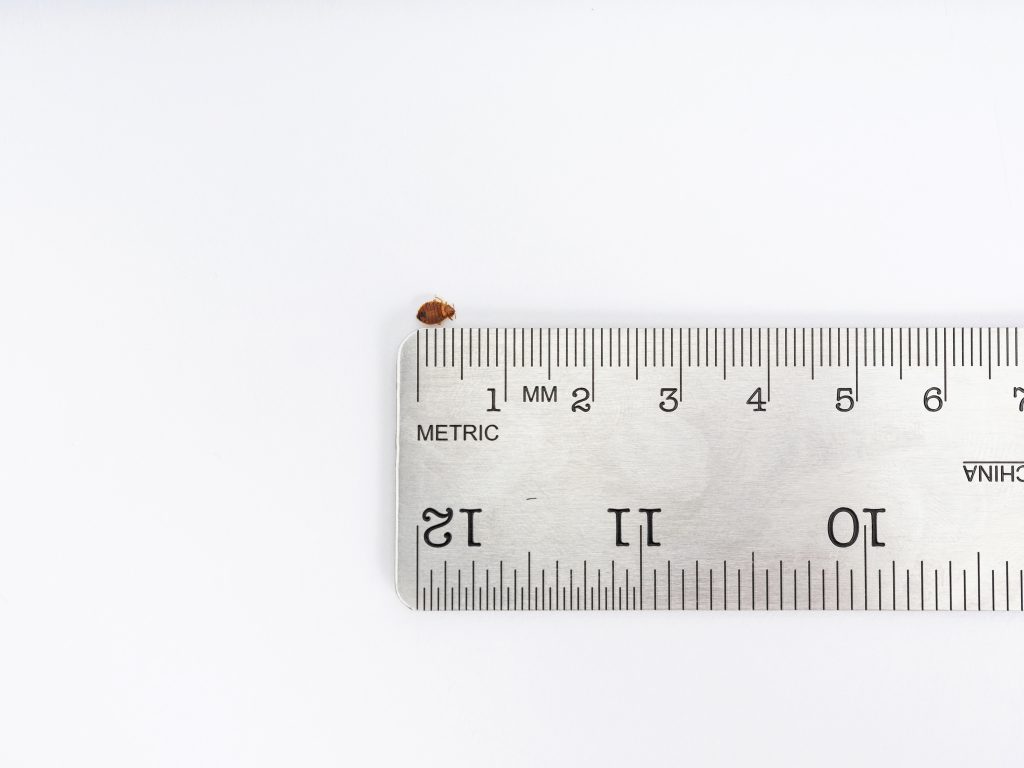Do you ever wonder how big bed bugs really are? Are they as small as they appear? Or are they larger than we expect? As a homeowner, it’s important to understand the size of bed bugs so you can properly identify them and take the necessary steps to prevent an infestation. In this article, I’m going to uncover the truth behind how big bed bugs really are.
What Are Bed Bugs?

Bed bugs are small, parasitic insects that feed on human blood. They are usually found in mattresses, box springs, bedding, furniture, and other items around the bedroom. Bed bugs are reddish-brown in color, flat, oval-shaped, and about the size of an apple seed. They typically come out at night to feed on their hosts, leaving behind itchy, red bites. Bed bugs can be hard to detect and difficult to eliminate, and if left untreated, they can quickly spread from one room to the next.
Bed bugs are small and flat insects measuring roughly 5-7mm in length, making them difficult to spot. They are oval in shape and have six legs and two antennae. They are usually brown in color, but may turn a reddish hue after they have recently fed. Despite their small size, they can cause a big nuisance.
Distribution of Bed Bugs

Bed bugs are widely distributed throughout the world. They can be found in any region, climate, or environment. They are especially common in densely populated areas where there are large amounts of people. Bed bugs are commonly found in hotels, homes, and other places where people sleep. They also can be found in offices, schools, and other places of business. Bed bugs can live in any type of environment, including clean and well-kept homes. They can also survive in cold temperatures and high altitudes. Bed bugs are resilient and can travel long distances in search of a new host. They can also be spread by humans through the transport of luggage, furniture, or clothing.
Bed Bug Bites

I have personally experienced bed bug bites on multiple occasions. They are small, red bumps that can be incredibly itchy and irritating. They can appear in clusters or lines on the body and are usually found on exposed skin like the arms, legs, and face. Bed bug bites can be painful, but usually aren’t considered to be dangerous.
| Bite Size | Appearance |
|---|---|
| Small | Red bump |
| Itchy | Clusters or lines |
| Painful | Usually not dangerous |
Bed bugs are known to feed on human blood, so it is likely that the bites are a result of a bed bug feeding. Bed bugs can be as small as a few millimeters in length, making them difficult to spot. However, their bites are a telltale sign that they may be present in a home.
Bed Bug Reproduction

- Bed bugs reproduce by the female laying eggs.
- The female can lay up to 200 eggs over a three month period.
- Eggs are usually laid in clusters and are very small, about the size of a speck of dust.
- Eggs take around 10 days to hatch.
- Once hatched, the nymphs will feed on blood and will molt five times before reaching adulthood.
- It takes about 5-6 weeks for a bed bug to reach maturity.
- Mature adults can live up to a year without a meal.
Bed Bug Control and Prevention
- Vacuum carpets, mattresses and other areas where bed bugs may hide.
- Encasements for mattresses and box springs can help prevent bed bugs from getting in and out.
- Reduce the number of places bed bugs can hide by getting rid of clutter in the home.
- Check secondhand furniture, beds, and couches for any signs of bed bug infestation before bringing them home.
- Keep an eye out for any signs of bed bugs, such as small dark spots on mattresses or on walls, or reddish-brown spots of bed bug excrement.
- Inspect and clean suitcases after returning from a trip.
- Regularly wash bedding, curtains, and other fabrics that may have come into contact with bed bugs.
- If you suspect a bed bug infestation, contact a professional pest control company to inspect your home and recommend the best treatment plan.
Bed Bug Myths
Bed bugs are notoriously difficult to get rid of. Unfortunately, this has resulted in many myths about bed bugs that can be hard to separate from fact. One of the most common myths is that bed bugs are only found in dirty homes. This is false. Bed bugs can be found in any type of home, regardless of how clean it is. Another common myth is that bed bugs can only be found in beds. While it’s true that they are most commonly found in mattresses, they can be found in any part of the home, including carpets, furniture, and baseboards.
Some people also think that bed bugs can jump or fly. This is false. Bed bugs rely on crawling to move around, so they will only be able to move a few feet at a time. While bed bugs are difficult to get rid of, they can be controlled with the right treatments. Understanding the facts about bed bugs can help people to better protect their homes from infestations.
Frequently Asked Questions
What is the truth behind how big bed bugs really are?
Bed bugs are small, oval-shaped insects that range in size from 1-7 millimeters in length. Nymphs (immature bed bugs) are smaller than adults and are nearly colorless. Adult bed bugs are reddish-brown in color and can be seen with the naked eye. Bed bugs are flat and can squeeze into cracks and crevices in furniture, walls, and floors. They are often found in mattresses, box springs, bed frames, and headboards.
How can I identify bed bugs?
Bed bugs can be identified by their reddish-brown color, oval-shaped bodies and six legs. They are roughly the size of an apple seed and can be found in crevices, mattresses, furniture, bedding, and other places where humans spend time. They may also leave dark spots of excrement on surfaces. If you suspect an infestation, contact a professional pest control service.
Are Bed Bugs Bigger than Other Types of Bugs?
Bed bugs are small, wingless insects that are usually between 4-5 mm in length. They are smaller than other common household pests such as cockroaches and ants and are generally the same size regardless of the species. Despite their small size, they can still cause significant damage due to their blood-feeding habits.
What is the biggest size a bed bug can grow to?
Bed bugs can grow up to 5-7mm in length, making them about the size of an apple seed. They are oval in shape, flat and brown in color with a reddish-brown hue. Bed bugs are visible to the naked eye and will become larger when they are full of blood.
How can I tell if I have a bed bug infestation?
Bed bug infestations can be tricky to spot, but there are several tell-tale signs. Common signs of bed bugs are small rust-colored spots on bedding and upholstered furniture, as well as a musty odor in the room. Bed bugs can also leave tiny dark spots of excrement on mattresses, sheets, and other surfaces. If you suspect you have bed bugs, you can also look for live bed bugs or eggs, which are small white specks, in the seams of mattresses or other cracks and crevices.
Conclusion
I’ve been able to ascertain that bed bugs are usually between 4 and 7 millimeters in length, and despite their small size, they can cause a great deal of misery and discomfort. Bed bug infestations can be very dangerous and should be treated as quickly as possible. By understanding their size, we can better identify and treat bed bug infestations before they become a major issue.






